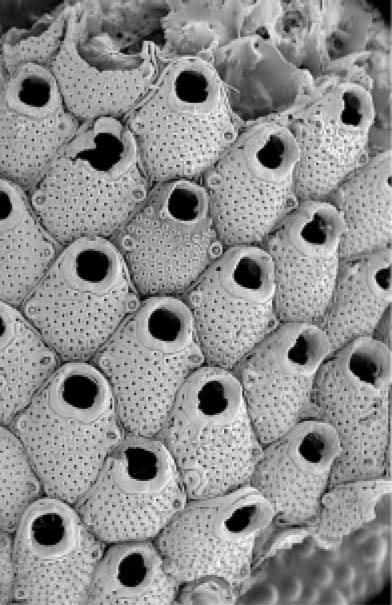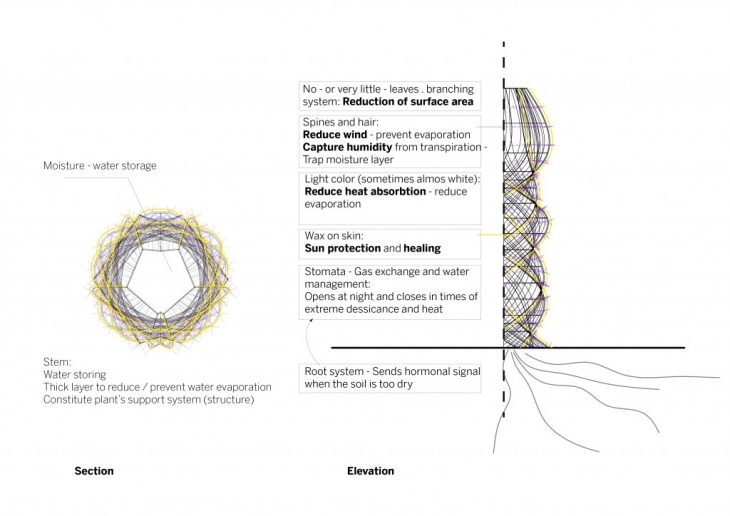Water is people’s main source of life. Many cities throughout history have settled by natural water sources such as rivers, seas or lakes. People use water for drinking, agriculture, communication, transportation.
However, remarkable changes are noticeable and urbanization in drylands and desert is growing considerably.
Deserts are divided into different categories: hyper-arid, arid, semi-arid, dry-sub-humid (from the driest to less dry).
Population density is in constant growth especially in semi-arid and dry-sub-humid areas where humidity and rain seasons are not completely absent and the weather is not extremely arid. These lands can welcome a considerable amount of vegetation (compared to more extreme deserts).
Semi-arid areas population density is expected to grow from 1.5 billion people in 2010 to more than 2.0 billion in 2050, whereas dry sub-humid from approximately 0.8 to 1.2 billion in the same timeline
This rise of population in deserted areas is mainly related to industry, mining, job opportunities, and sometimes tourism. Sub-humid cities such as Cairo, Egypt or Muscat, Oman see their populated density augment considerably and therefore their environment and water availability regressing.
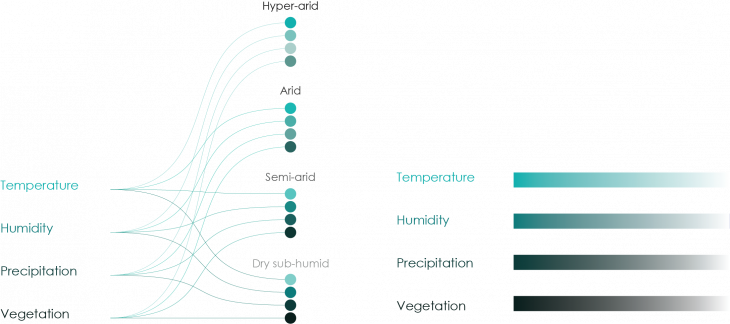
Diagram showing desert climate categories
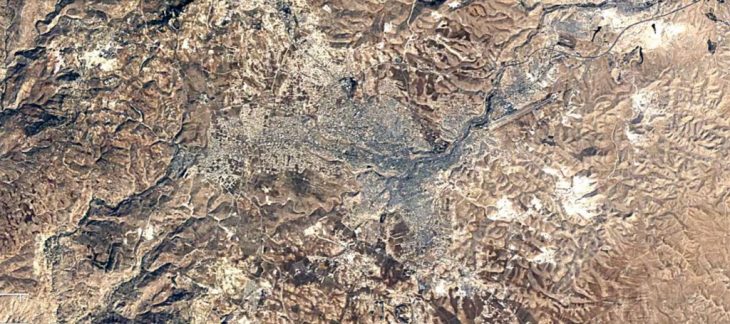
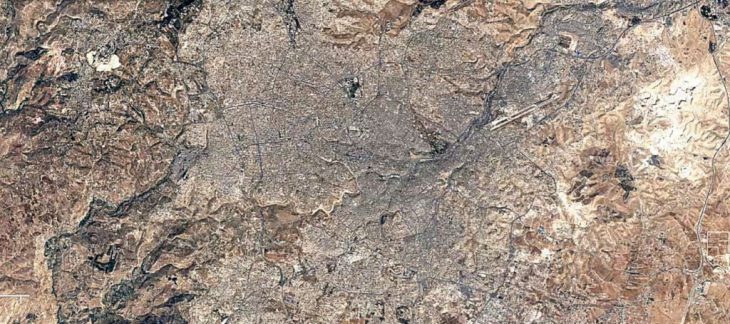 Amman, Jordan 1984 and 2016
Amman, Jordan 1984 and 2016
Wet seasons are not absent in drylands but they are not frequent. Therefore, water is more available as vapor or humidity. Humidity presents different physical properties and mixture between water vapor and air. Depending on which kind of effect we are searching for, it is interesting to understand how to manipulate humidity. It is clear then that temperature and humidity are two parameters very related to each other. And the aim to affect one of them will require the manipulation of the other.6.
Water scarcity is, therefore, an actual growing issue, and so, building to capture and control water consumption is essential.
The project aims not only to focus on material but rather to create a building fully able to control water and satisfy the user’s needs.
Desert plants are indeed “Nature’s superheroes”. They manage to survive in the driest and most harsh environments. For example, cacti and other succulent plants have sophisticated mechanisms to retain water and use it for long periods of time.
Photo: P. L. Cook & P. E. Bock. EXECHONELLA (EXECHONELLIDAE: BRYOZOA,
CHEILOSTOMATA) FROM THE RECENT AND MIOCENE OF SOUTHERN AUSTRALIA
Peristome-Cacti-Succulent inspiration
Vernacular architects in deserts such as Iran or Egypt understood the importance of building strategies and materiality for coping with heat (and therefore humidity and water).
Some projects used material and construction systems in order to resolve drylands and deserts issues and make life more suitable.
This first project of Hassan Fathy in Egypt shows the use of primitive material, Mud. the architect is using local resources to solve local issues.
Another project is the Irish pavilion in the Venice Biennale 2000. This pavilion recreates a vernacular architecture using peat. The muddy material is capable of absorbing more than 3000% of water and therefore allows water retention and plant growth.
Some installation in drylands are using the material structure in order to use water vapor and make it liquid – for drinking and agriculture – these structures (such as nets vapor catchers in Chile) are using basic water capillary systems to produce usable water.
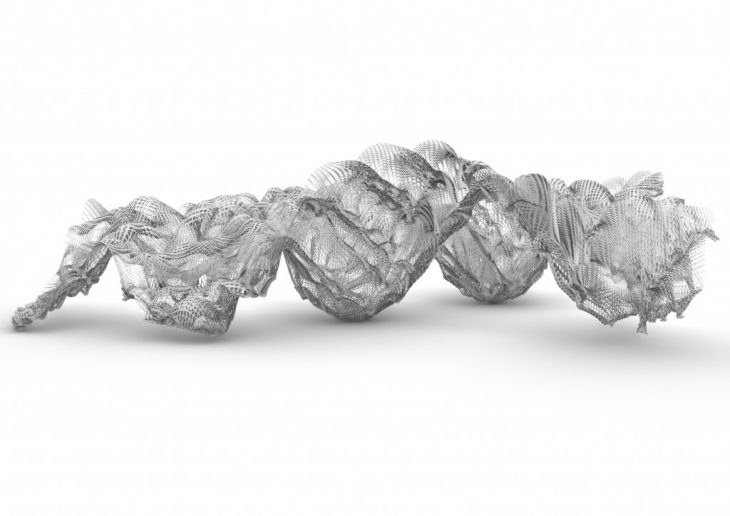
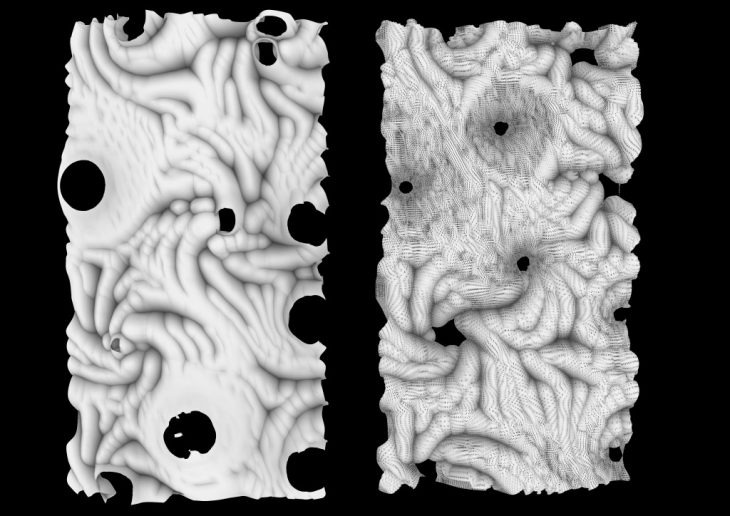
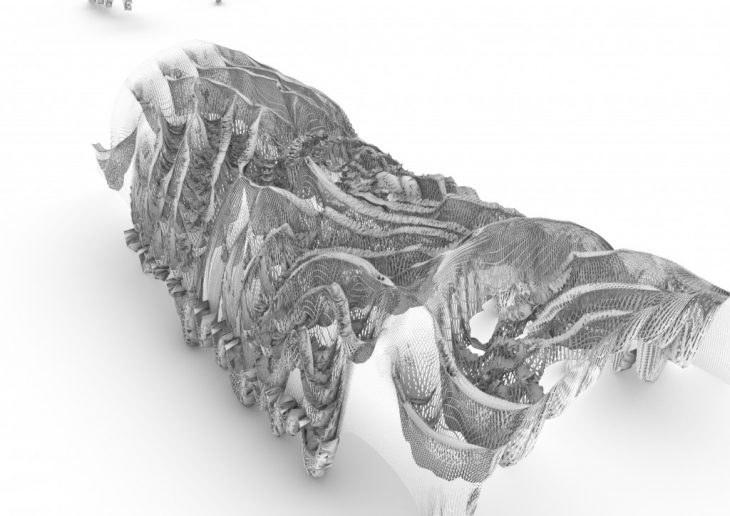
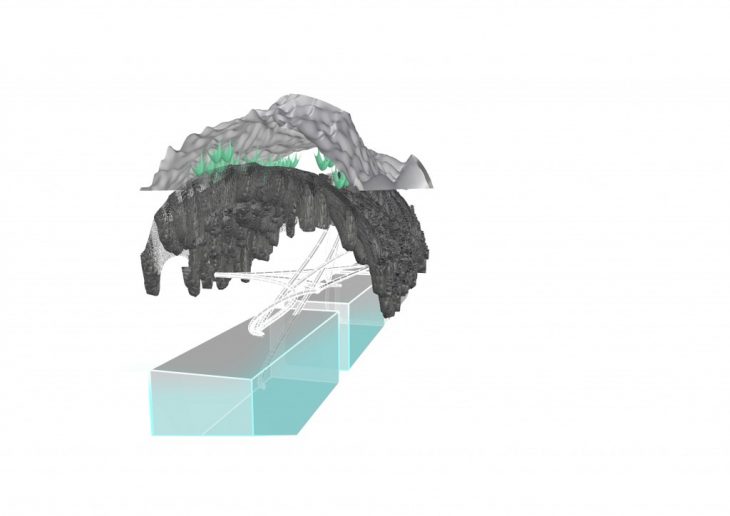
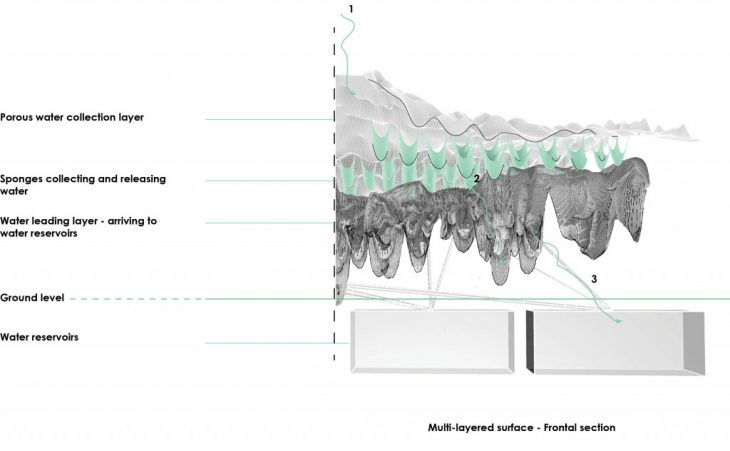
Y
